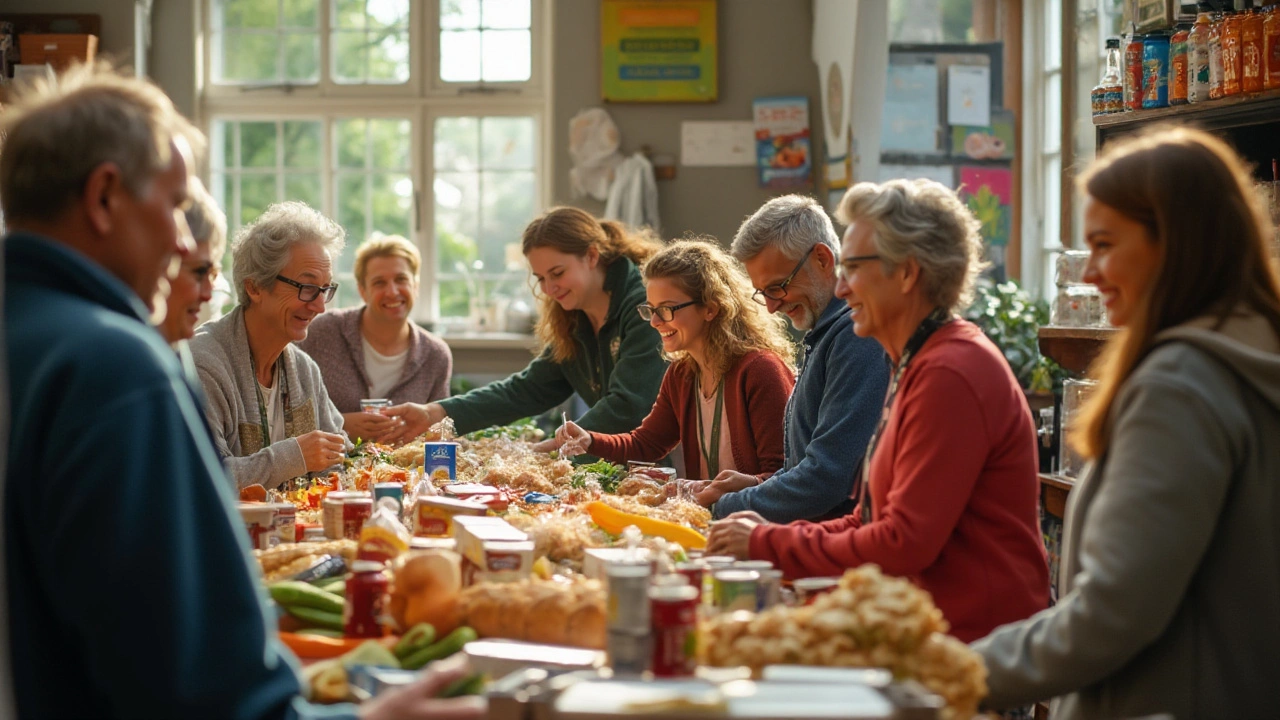Food Bank Help: Tips, Resources and Survival Guides
If you’re figuring out how to feed yourself or your family without breaking the bank, you’re in the right place. Food banks are more than just a pantry – they’re a lifeline that can help you keep meals on the table while you get back on your feet. Below you’ll find clear, down‑to‑earth advice on using food banks, stretching every bite, and staying healthy even on a shoestring budget.
What a Food Bank Really Offers
A food bank usually supplies non‑perishable items like canned beans, pasta, rice, and sometimes fresh produce. Many also run hot‑meal programs, cooking workshops, or grocery vouchers. The best part is that you don’t have to be in a crisis to qualify – most centres accept anyone who needs help, no questions asked. Check your local council website or the nearest community centre for opening times, eligibility rules and any special programs they run.
Easy Ways to Stretch Every Bite
One of the most useful articles on our site is “How to Eat When You’re Broke: Smart Tips for Food Bank Survival.” It walks you through turning basic pantry staples into tasty meals. Here are a few quick ideas from that guide:
- Bulk up with beans. One can of beans adds protein, fiber and bulk to soups, stews or tacos.
- Make a “rice‑and‑beans” base. It’s cheap, filling, and you can switch up the flavors with canned tomatoes, spices or frozen veggies.
- Use leftovers wisely. Turn yesterday’s roasted veg into a hearty frittata or blend it into a soup.
- Stretch sauces. Mix a little cream of mushroom soup with milk or water to create a creamy sauce for pasta.
Seasonings are cheap but make a world of difference. A small bottle of mixed herbs, garlic powder or chili flakes can turn bland dishes into something you actually look forward to eating.
Don’t forget to keep an eye on expiration dates. Many food banks label items with a “best before” date, and you can often use foods a few weeks past that date if they look, smell and taste fine.
Besides the food itself, many centres run free cooking classes that teach you how to make balanced meals with limited ingredients. Signing up for these classes not only improves your cooking confidence but also connects you with other community members who are facing the same challenges.
If you have a little time to spare, consider volunteering. Food banks often need hands to sort donations, prepare parcels or run outreach events. Volunteering gives you a behind‑the‑scenes look at how the system works and can open up extra support options you might not know about.
Finally, remember that local charities, churches and social clubs sometimes run “food holiday” programs that provide extra help during festive seasons when demand spikes. Mark those dates on your calendar so you can plan ahead.
Using a food bank doesn’t have to feel like a setback. With the right tips, a bit of creativity, and a supportive community, you can keep your meals nutritious, varied and affordable. Browse the rest of the posts on this tag for more ideas and real‑life stories that show how others have turned food bank visits into a stepping stone toward a more stable future.

Understanding Your Local Food Pantry: How It Works and How to Support
A local pantry is an essential resource in many communities, providing food assistance to those in need. This article provides an overview of how food pantries operate, the systems in place to distribute food, and the ways in which individuals can support or benefit from these services. Learn about the importance of community involvement, the types of food offered, and the impact food pantries have on local communities.